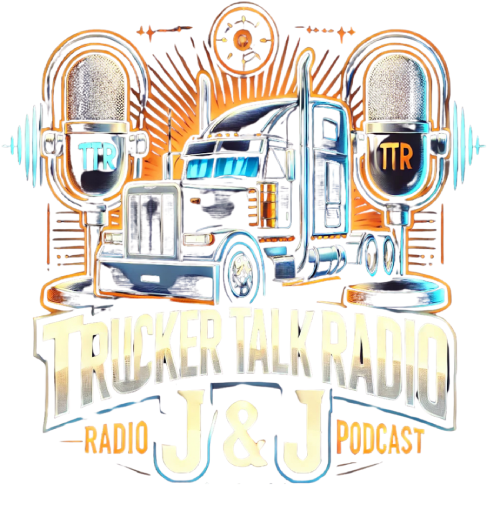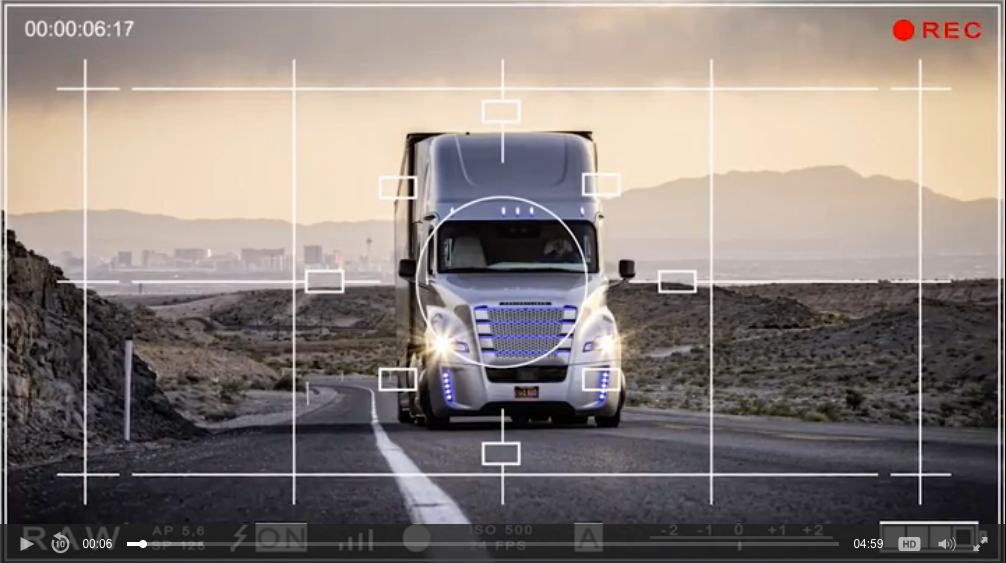Challenges in Attracting Youth to Trucking
The trucking industry is currently facing difficulties in recruiting new talent, particularly among younger individuals. Despite being the obvious target demographic, young people today are often reluctant to consider a career in trucking.
Workplace Expectations
There are clear reasons for this hesitance. Firstly, workplace expectations must be re-evaluated. It’s unlikely that an 18-year-old would be eager to start their career with the understanding that they’d be required to work 14-hour shifts, with a portion potentially being unpaid.
Revamping Workdays
To successfully attract younger drivers, trucking companies need to rethink their work schedules. Implementing eight-hour driving shifts, improving routing efficiency, reducing wait times, and offering more shift options could create a more appealing work-life balance for the younger workforce.
Transparent Compensation
Compensation structures must also be reviewed. It’s crucial that young drivers are compensated for all their working hours, including post-trip duties. A system of hourly pay could be most appealing, as it offers transparency and allows drivers to easily understand their earnings without needing to decipher complex employment guidelines.
Leveraging Technology
Fortunately, the technology integrated into modern trucks can be a significant draw for younger employees. Companies should highlight advanced features such as adaptive cruise control and driver coaching apps. The forthcoming zero-emission trucks also present an exciting opportunity that could attract tech-savvy younger generations.
Using Social Media Effectively
Industry professionals are encouraged to utilize social media to share their experiences. Successful individuals like Matt Marchand have garnered substantial followings by sharing insights into their daily routines. Social media serves as an engaging tool to attract interest from youth outside the industry.
Creating Career Advancement Opportunities
Young people are also interested in advancement opportunities within their careers. Many office positions are occupied by individuals without relevant trucking experience and thus miss out on the valuable insights of seasoned drivers. Companies that promote pathways for progression—showing examples of drivers transitioning into managerial roles—will likely be more successful in retaining young talent.
Overcoming Insurance Challenges
Lastly, while some may point fingers at insurance companies for the hiring challenges faced when onboarding young drivers, it’s important to note that the issue lies primarily with experience rather than age. Consequently, fleets should prioritize mentorship programs and thorough training initiatives to help young drivers gain the necessary experience for insurance coverage. Collaborating closely with insurers can facilitate this process.
Conclusion
Attracting young individuals is essential for the trucking industry to address its driver shortage. While reconnecting with this demographic presents challenges, it is achievable by addressing the key reasons behind their reluctance to join the field.


